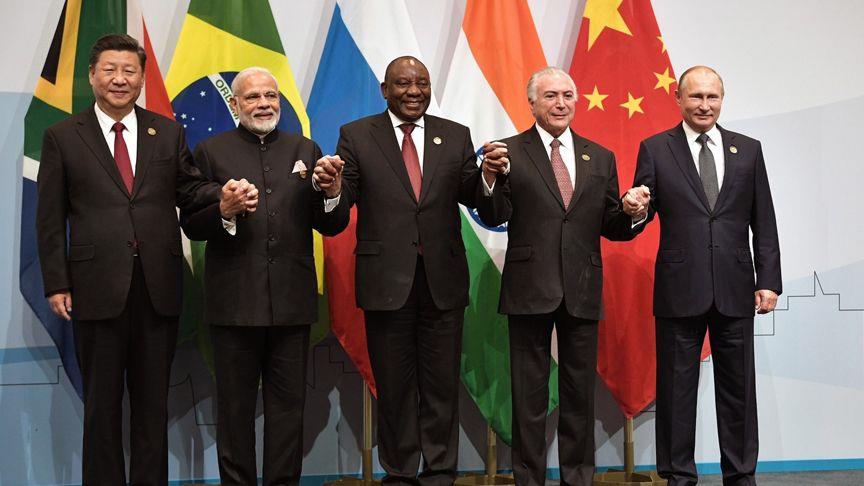The BRICS countries gathered this week in Johannesburg, South Africa. BRICS has doubled its strength as an independent economic block adding six nations including Iran, Egypt, Ethiopia, Argentina, Saudi Arabia, and the UAE to the current member countries which include Brazil, Russia, India, China and South Africa. BRICS represents about 40% of the world’s population and consists of the world’s major oil producing nations. It appears that Russia and China are thrilled with the addition of these new countries and a few dozen others are looking for entry into BRICS. But what is the endgame for this organization and will it polarize international relations and trade even further? It appears that Russia and China are intent on inflicting as much economic damage to the West as possible and seek to undermine the value of the U.S. dollar.
However, it appears that there is an internal struggle within BRICS in its role on the world stage. Members like Brazil may not benefit as much as say Russia or China and according to The Guardian, Luiz Inácio Lula da Silva, Brazil’s president stated earlier in the week at the BRICS summit in South Africa, “We do not want to be a counterpoint to the G7, G20 or the United States,” giving notice that BRICS members should not be organized to compete directly with the United State and other Western organizations.
But with China, Russia and Iran at the helm of BRICS, isn’t this inevitable? How much damage will the BRICS countries inflict on the U.S. dollar as they represent about 25% of the world’s GDP? While they probably won’t form their own currency, many say they are looking for alternatives to the World Bank and the International Monetary Funds with alternatives to trade on the U.S. dollar.
Former President Trump, in his recent sit down with Tucker Carlson and at many Trump rallies I have covered recently, likened the expanding power of BRICS as the equivalent to losing major war, comparing it in size and scope to World War II, as they concentrate their power as a global trading bloc, admit new countries and move away from the U.S. dollar.
 |
| File Photo |
It is imperative that the United States and its western allies take the BRICS seriously. The United States must remain a leader in energy production and manufacturing. Under the Trump Administration there was a daily policy to achieve “strategic energy dominance,” firing on all cylinders with oil and natural gas output. That focus has changed into “green new deal” approach over the last few years under the Biden Administration and capital investment into fossil fuel technology and exploration has waned as we pursue renewables and alternate energy sources.
Over 40 countries have expressed interest in joining BRICS, including Saudi Arabia, the world’s second largest oil producer. As for manufacturing in the U.S., The Wall Street Journal is reporting today that, “Manufacturing is becoming worrisomely weak in the U.S.” and “New orders for durable goods fell 5.2% in July, the biggest slump since April 2020. That was worse than the 4.1% slide expected by Wall Street Journal-polled economists.”
We have entered a new era and moving into unchartered waters with the balance of power shifting away from the United States and the West. How does the U.S. maintain its leadership role in the world as we face many challenges ahead?
